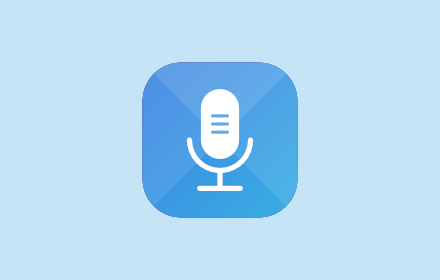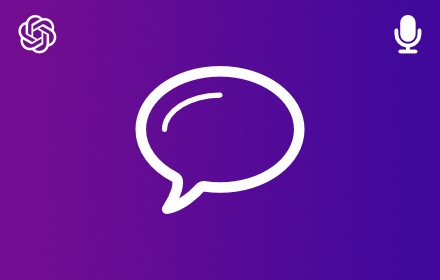Workplace Accessibility with Speech-to-Text
As the modern workplace continues to evolve, one of the paramount goals for businesses is to create an inclusive and accessible environment for all team members. The introduction of speech-to-text technologies serves as a bridge to achieving this goal, providing unique solutions to address the barriers faced by individuals with disabilities. Workplace Accessibility with Speech-to-Text has become an instrumental tool in fostering an inclusive culture within diverse teams.
The Impact of Speech-to-Text on Inclusive Employment Practices
The implementation of speech-to-text technology greatly enhances workplace inclusivity. It allows individuals who are deaf or hard of hearing to actively participate in meetings and conversations by converting spoken language into written text in real-time. This ensures that every team member, regardless of their hearing abilities, has the opportunity to engage and contribute to discussions without hindrance.
Furthermore, speech-to-text software can benefit individuals who face challenges with mobility or those with conditions that limit their ability to use traditional input devices like keyboards and mice. By providing an alternative means of communication and control over digital platforms, speech-to-text enhances the autonomy and productivity of these individuals within the workplace.
Workplace Accessibility with Speech-to-Text: Breaking Down Communication Barriers
One of the central advantages of Workplace Accessibility with Speech-to-Text is the removal of communication barriers. Teams that include members who have speech impairments or neurological conditions such as dysarthria can rely on this technology to more accurately represent their spoken language through text. Features such as customizable voice recognition profiles help in adapting to individual speech patterns, ensuring their contributions are not lost or misunderstood.
Additionally, this technology supports employees for whom English is not their first language by providing real-time transcriptions that can be easier to follow than spoken conversation, particularly in fast-paced or technical discussions. The principles of universal design in speech-to-text tools mean they can be valuable for all team members, enhancing overall communication efficiency.
Tools and Technologies Enhancing Workplace Accessibility
The market for speech-to-text applications is rapidly expanding with a bevy of tools designed to integrate seamlessly into workplace systems. From voice-recognition software embedded in operating systems like Microsoft Windows and Apple's macOS to dedicated applications such as Dragon NaturallySpeaking, the technology is becoming more sophisticated and accessible.
The browser extension Voice Control for ChatGPT, which allows users to interact with the ChatGPT AI via voice commands and receive spoken responses, exemplifies the progress in text-to-speech and speech-to-text integration. Its Mia AI assistant further displays the potential to assist in a vast array of tasks, including transcribing meeting notes and dictating emails. Such innovations affirm the technology’s vital role in supporting productive and accessible workplaces.
As businesses continue to prioritize diversity and inclusion, the use of Workplace Accessibility with Speech-to-Text technologies is not just an afterthought but a foundational element of workplace strategy. Each advancement brings us closer to an ecosystem where every individual has the tools they need to succeed, paving the way toward genuinely inclusive work environments.
Subscribe to our newsletter
Subscribe to our newsletter for tips, exciting benefits, and product updates from the team behind Voice Control!
Other projects from the team

Talkio AI
The ultimate language training app that uses AI technology to help you improve your oral language skills.

TalkaType
Simple, Secure Web Dictation. TalkaType brings the convenience of voice-to-text technology directly to your browser, allowing you to input text on any website using just your voice.

Voice Control for Gemini
Expand the voice features of Google Gemini with read aloud and keyboard shortcuts for the built-in voice recognition.